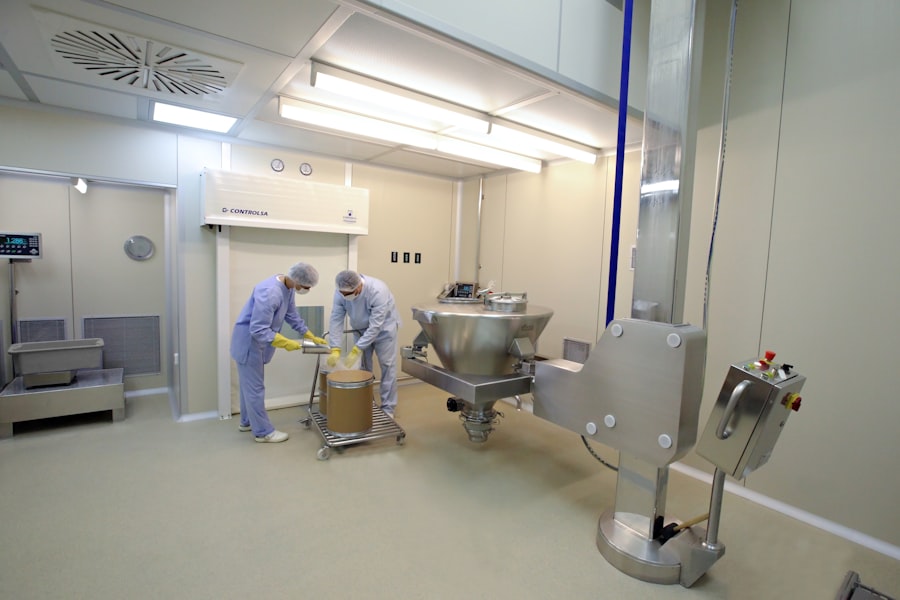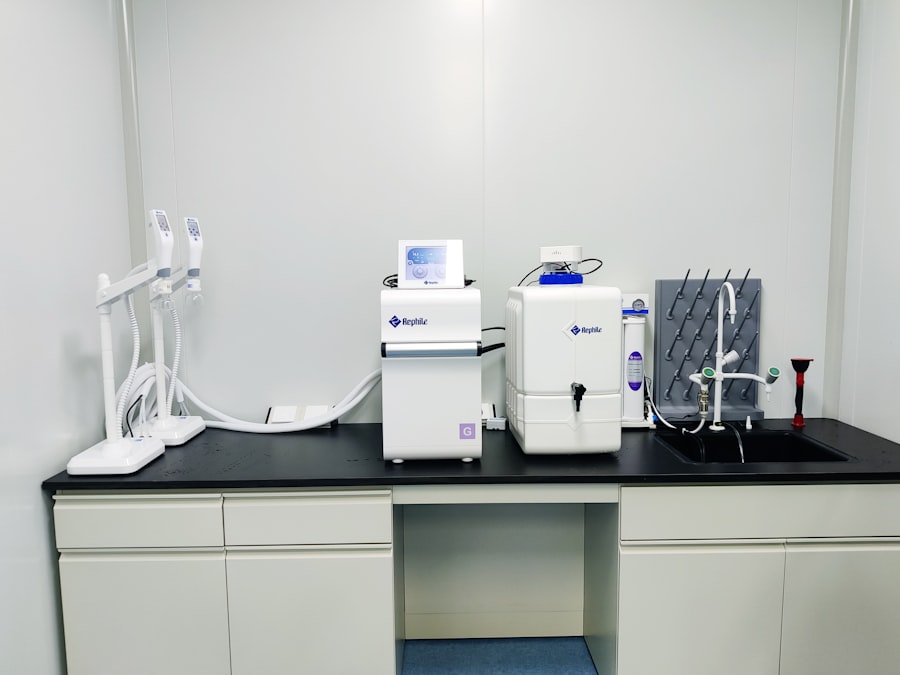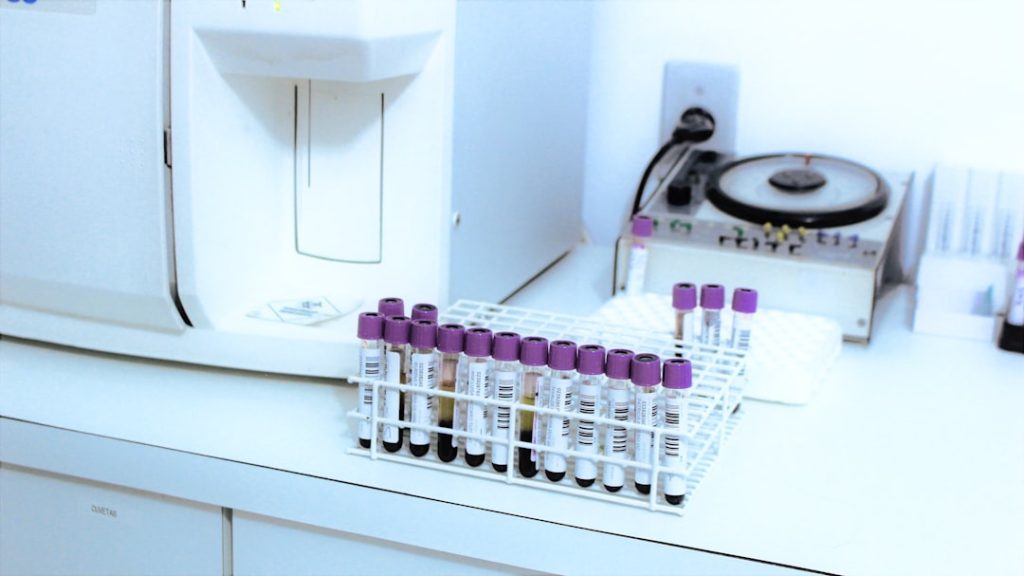Clinical Trial Management Systems (CTMS) have emerged as indispensable tools in the realm of clinical research, providing a structured framework for managing the complexities of clinical trials. These systems are designed to streamline the planning, tracking, and management of clinical studies, ensuring that they adhere to regulatory requirements while optimizing resource allocation. The evolution of CTMS has been driven by the increasing complexity of clinical trials, which often involve multiple sites, diverse patient populations, and intricate regulatory landscapes.
As the demand for innovative therapies grows, so does the need for efficient management systems that can handle the multifaceted nature of clinical research. The significance of CTMS extends beyond mere project management; it encompasses a comprehensive approach to data integrity, compliance, and operational efficiency. By centralizing critical information and facilitating real-time communication among stakeholders, CTMS enhances collaboration between sponsors, clinical research organizations (CROs), and investigative sites.
This integration is crucial in an environment where timely decision-making can significantly impact trial outcomes. As the pharmaceutical and biotechnology industries continue to evolve, the role of CTMS in supporting successful clinical trials becomes increasingly vital.
Key Takeaways
- CTMS centralizes and streamlines clinical trial management, improving overall efficiency.
- Key features of CTMS include scheduling, budgeting, and regulatory compliance tracking.
- Integration of CTMS with Electronic Data Capture (EDC) enhances data accuracy and analysis.
- CTMS helps overcome common clinical trial challenges such as data management and coordination.
- Emerging trends in CTMS focus on automation, AI integration, and enhanced user experience.
Benefits of Using CTMS for Streamlining Clinical Trials
The adoption of CTMS offers numerous benefits that contribute to the overall efficiency and effectiveness of clinical trials. One of the primary advantages is the ability to centralize data management. By consolidating all trial-related information into a single platform, researchers can easily access and share data across various teams and locations.
This centralization minimizes the risk of data discrepancies and ensures that all stakeholders are working with the most current information. For instance, a CTMS can provide real-time updates on patient enrollment, site performance, and regulatory compliance, allowing teams to make informed decisions quickly. Another significant benefit of using CTMS is the enhancement of regulatory compliance.
Clinical trials are subject to stringent regulations imposed by agencies such as the U.S. Food and Drug Administration (FDA) and the European Medicines Agency (EMA). A robust CTMS can help organizations maintain compliance by automating documentation processes, tracking regulatory submissions, and ensuring that all necessary approvals are obtained before proceeding with trial activities.
This not only reduces the risk of non-compliance but also accelerates the overall trial timeline by minimizing delays associated with regulatory hurdles.
Key Features of CTMS for Efficient Clinical Trial Management

CTMS platforms are equipped with a variety of features designed to facilitate efficient clinical trial management. One of the most critical features is project planning and tracking capabilities. These tools allow project managers to create detailed timelines, allocate resources effectively, and monitor progress against established milestones.
For example, a CTMS can provide Gantt charts that visually represent project timelines, making it easier for teams to identify potential bottlenecks and adjust their strategies accordingly. Another essential feature is site management functionality. A CTMS enables sponsors and CROs to manage multiple sites simultaneously, tracking site performance metrics such as patient recruitment rates and data quality.
This feature is particularly valuable in multi-center trials where coordination among various sites is crucial for success. Additionally, many CTMS platforms offer tools for managing site contracts and budgets, streamlining the financial aspects of trial management. By automating these processes, organizations can reduce administrative burdens and focus more on scientific objectives.
How CTMS Improves Data Collection and Analysis in Clinical Trials
| Metric | Without CTMS | With CTMS | Improvement |
|---|---|---|---|
| Data Entry Errors | 8-12% | 1-3% | 75-90% Reduction |
| Time to Data Availability (days) | 10-15 | 2-4 | 70-85% Faster |
| Data Query Resolution Time (days) | 7-10 | 1-3 | 70-85% Faster |
| Data Completeness (%) | 85-90% | 98-99% | 8-14% Improvement |
| Number of Manual Reports Generated | 15-20 per trial | 3-5 per trial | 75-85% Reduction |
| Real-time Data Access | No | Yes | Enabled |
Data collection and analysis are at the heart of clinical trials, and CTMS plays a pivotal role in enhancing these processes. One way CTMS improves data collection is through its integration with electronic data capture (EDC) systems. By linking these two systems, researchers can ensure that data is captured accurately and efficiently at the point of entry.
This integration minimizes manual data entry errors and accelerates the availability of data for analysis. For instance, when patient data is collected through an EDC system, it can be automatically synchronized with the CTMS, providing real-time insights into trial progress. Moreover, CTMS facilitates advanced data analysis by offering robust reporting tools that allow researchers to generate customized reports based on specific parameters.
These reports can include key performance indicators (KPIs), patient demographics, and site performance metrics, enabling stakeholders to assess trial progress comprehensively. The ability to analyze data in real-time empowers teams to identify trends and make data-driven decisions promptly. For example, if a particular site is lagging in patient enrollment, stakeholders can quickly implement strategies to address the issue before it impacts the overall trial timeline.
Integrating CTMS with Electronic Data Capture (EDC) for Seamless Clinical Trial Management
The integration of CTMS with Electronic Data Capture (EDC) systems represents a significant advancement in clinical trial management. EDC systems are designed to collect clinical trial data electronically, replacing traditional paper-based methods that are often prone to errors and inefficiencies. When integrated with a CTMS, EDC systems enhance data accuracy and streamline workflows by allowing for seamless data transfer between platforms.
This integration ensures that all trial-related information is synchronized in real-time, reducing the likelihood of discrepancies between datasets. Furthermore, this synergy between CTMS and EDC facilitates improved monitoring capabilities. Researchers can track patient enrollment and data collection progress in real-time, enabling proactive management of potential issues as they arise.
For instance, if a specific site is experiencing delays in data entry, stakeholders can quickly identify this bottleneck through the CTMS dashboard and take corrective actions to mitigate its impact on the trial timeline. The combined power of CTMS and EDC not only enhances operational efficiency but also contributes to higher quality data collection and analysis.
Overcoming Challenges in Clinical Trials with the Help of CTMS

Clinical trials are fraught with challenges that can hinder their success, including patient recruitment difficulties, regulatory compliance issues, and data management complexities. CTMS provides solutions to these challenges by offering tools that enhance visibility and control over trial operations. For example, one common challenge in clinical trials is recruiting a sufficient number of eligible participants within a specified timeframe.
A CTMS can assist in identifying potential sites with high patient populations or those that have previously demonstrated success in recruiting participants for similar studies. Additionally, CTMS helps organizations navigate regulatory compliance challenges by automating documentation processes and ensuring that all necessary approvals are obtained before trial initiation. By maintaining an organized repository of essential documents such as informed consent forms and regulatory submissions, a CTMS reduces the risk of non-compliance and associated penalties.
This proactive approach not only safeguards the integrity of the trial but also fosters trust among stakeholders by demonstrating a commitment to ethical research practices.
Best Practices for Implementing and Utilizing CTMS for Clinical Trial Management
Implementing a CTMS requires careful planning and consideration to maximize its benefits for clinical trial management. One best practice is to involve key stakeholders from various departments during the selection process to ensure that the chosen system meets the diverse needs of all users. Engaging representatives from clinical operations, data management, regulatory affairs, and finance can provide valuable insights into essential features and functionalities that should be prioritized.
Training is another critical aspect of successful CTMS implementation. Providing comprehensive training sessions for all users ensures that they are familiar with the system’s capabilities and can utilize it effectively throughout the trial lifecycle. Ongoing support should also be established to address any questions or challenges that may arise post-implementation.
Regularly soliciting feedback from users can help identify areas for improvement and drive continuous optimization of the system.
Future Trends and Innovations in CTMS for Advancing Clinical Trials
As technology continues to evolve, so too will Clinical Trial Management Systems (CTMS). One emerging trend is the incorporation of artificial intelligence (AI) and machine learning algorithms into CTMS platforms. These technologies have the potential to enhance predictive analytics capabilities, allowing organizations to forecast patient recruitment trends or identify potential risks before they materialize.
For instance, AI-driven analytics could analyze historical trial data to predict which sites are likely to perform best based on various factors such as patient demographics or previous recruitment success. Another innovation on the horizon is the integration of blockchain technology into CTMS for enhanced data security and transparency. Blockchain’s decentralized nature could provide an immutable record of all trial-related activities, ensuring that data integrity is maintained throughout the study lifecycle.
This level of transparency could foster greater trust among stakeholders while simplifying compliance with regulatory requirements. In conclusion, as clinical trials become increasingly complex and competitive, leveraging advanced technologies like CTMS will be essential for organizations aiming to streamline their operations and improve outcomes. The future promises exciting developments that will further enhance the capabilities of CTMS, ultimately leading to more efficient clinical trials and better patient outcomes.




